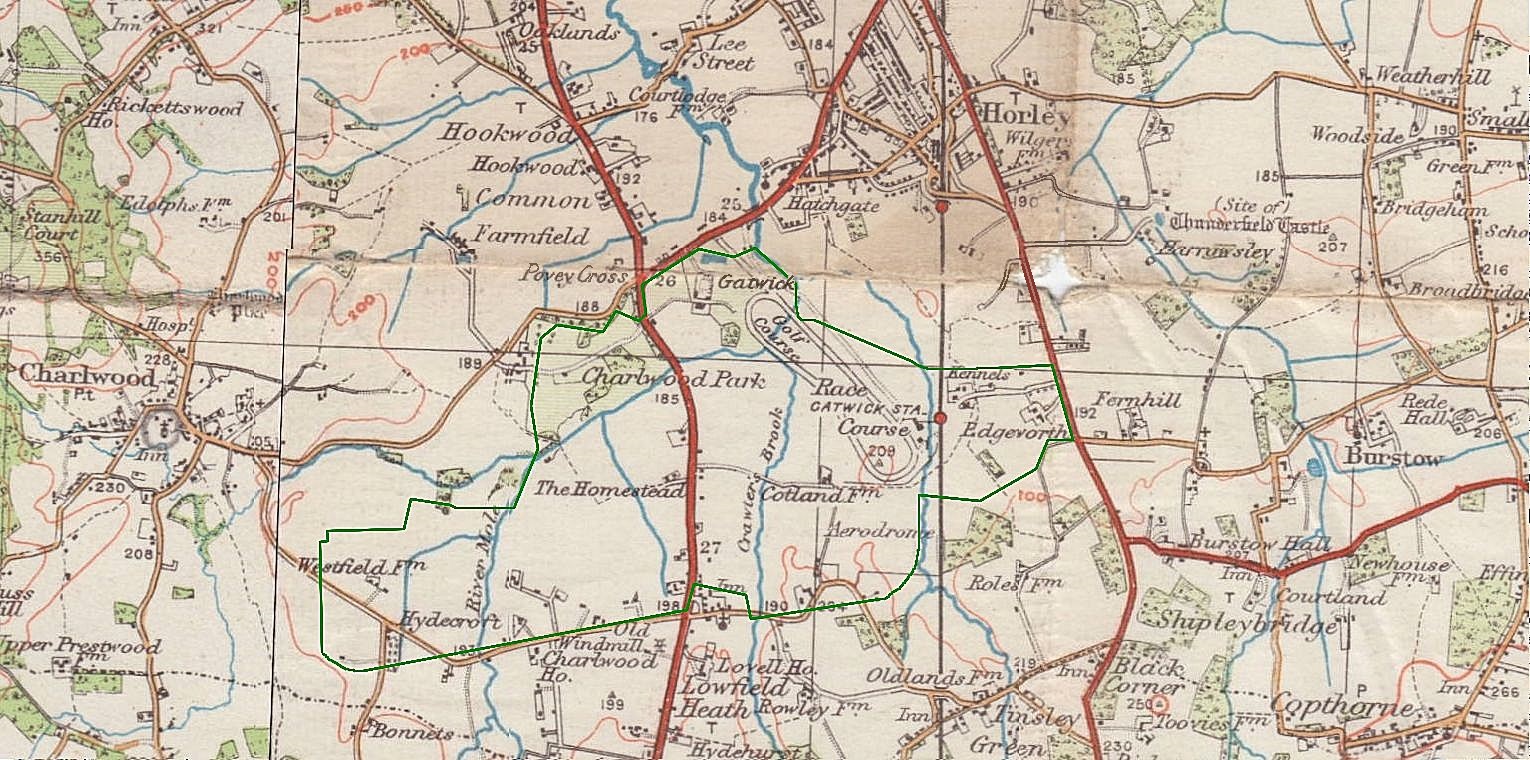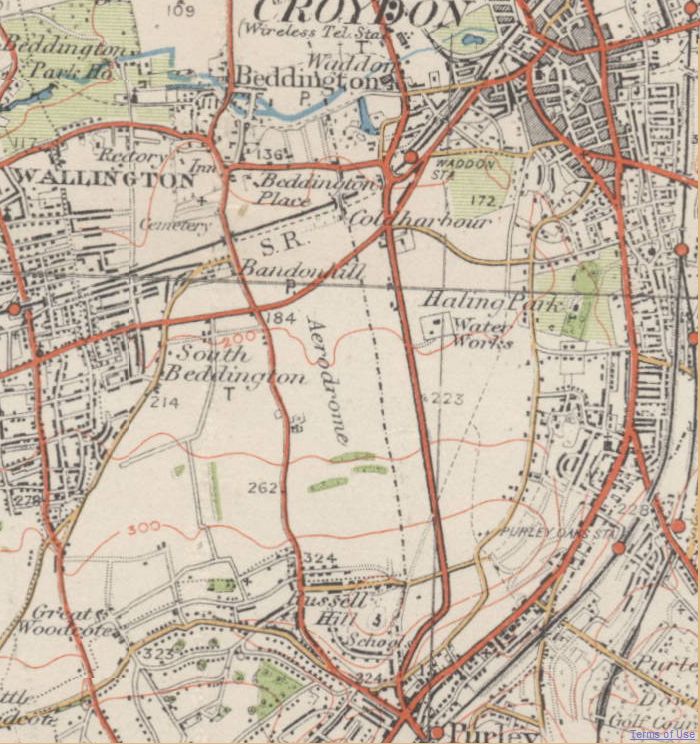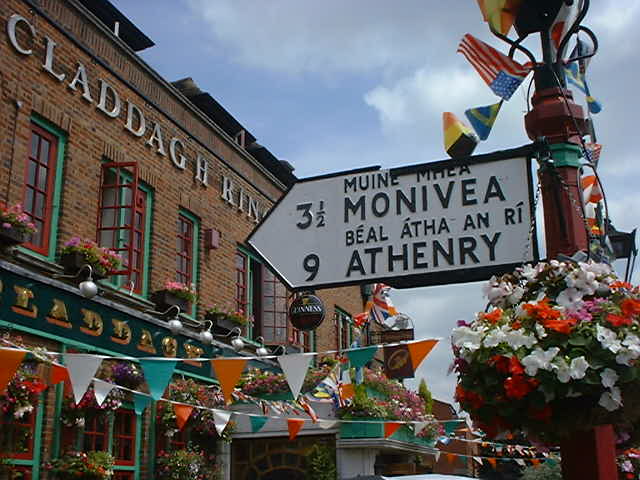|
No. 116 Squadron RAF
No. 116 Squadron RAF was a Royal Air Force squadron first formed as part of the Royal Flying Corps during the First World War. Reformed as part of the RAF during the Second World War it served as an anti-aircraft calibration unit and also operated post-war from 1952 until 1958. History The squadron was formed at RAF Andover in December 1917. The nameplate No. 116 Squadron RAF was applied to the squadron as of 1 April 1918 whilst it was at RAF Netheravon. The squadron was disbanded at Feltham in the same year. It was resurrected as No. 116 Squadron from 1. Anti-Aircraft Calibration Flight (AACF) at Hatfield in February 1941 flying various aircraft during the Second World War (Lysanders, Hurricanes, Spitfires, Oxford and Tiger Moths) before being disbanded a second time at Hornchurch in May 1945. During its time as an AACF, the squadron helped to calibrate the predictors on Anti-Aircraft batteries and so ended up with many detachments spread out across the United Kingdom. Flights ... [...More Info...] [...Related Items...] OR: [Wikipedia] [Google] [Baidu] |
Royal Flying Corps
"Through Adversity to the Stars" , colors = , colours_label = , march = , mascot = , anniversaries = , decorations = , battle_honours = , battles_label = Wars , battles = First World War , disbanded = merged with RNAS to become Royal Air Force (RAF), 1918 , current_commander = , current_commander_label = , ceremonial_chief = , ceremonial_chief_label = , colonel_of_the_regiment = , colonel_of_the_regiment_label = , notable_commanders = Sir David Henderson Hugh Trenchard , identification_symbol = , identification_symbol_label = Roundel , identification_symbol_2 = , identification_symbol_2_label = Flag , aircraft_attack = , aircraft_bomber = , aircraft_e ... [...More Info...] [...Related Items...] OR: [Wikipedia] [Google] [Baidu] |
Second World War
World War II or the Second World War, often abbreviated as WWII or WW2, was a world war that lasted from 1939 to 1945. It involved the World War II by country, vast majority of the world's countries—including all of the great powers—forming two opposing military alliances: the Allies of World War II, Allies and the Axis powers. World War II was a total war that directly involved more than 100 million Military personnel, personnel from more than 30 countries. The major participants in the war threw their entire economic, industrial, and scientific capabilities behind the war effort, blurring the distinction between civilian and military resources. Air warfare of World War II, Aircraft played a major role in the conflict, enabling the strategic bombing of population centres and deploying the Atomic bombings of Hiroshima and Nagasaki, only two nuclear weapons ever used in war. World War II was by far the List of wars by death toll, deadliest conflict in hu ... [...More Info...] [...Related Items...] OR: [Wikipedia] [Google] [Baidu] |
Royal Flying Corps Squadrons
A list of Royal Flying Corps squadrons with date and location of foundation. The Royal Flying Corps (RFC) was the aviation arm of the British Army. Squadrons were the main form of flying unit from its foundation on 13 April 1912, until its merging with the Royal Naval Air Service (RNAS) to form the Royal Air Force The Royal Air Force (RAF) is the United Kingdom's air and space force. It was formed towards the end of the First World War on 1 April 1918, becoming the first independent air force in the world, by regrouping the Royal Flying Corps (RFC) an ... on 1 April 1918. In June 1914, the RFC consisted of five aircraft squadrons; No. 2, 3, 4, 5 and 6. No. 1 Squadron was in the process of converting from balloons, while No. 7 was still being formed. On the outbreak of the First World War on 4 August 1914, the Military Wing of the RFC comprised 147 officers and 1,097 men with 179 aircraft. During the war the RFC underwent a rapid expansion, and by the end of 1916 had 4 ... [...More Info...] [...Related Items...] OR: [Wikipedia] [Google] [Baidu] |
RAF Watton
Royal Air Force Watton or more simply RAF Watton is a former Royal Air Force station located southwest of East Dereham, Norfolk, England. Opened in 1937 it was used by both the Royal Air Force (RAF) and United States Army Air Forces (USAAF) during the Second World War. During the war it was used primarily as a bomber airfield, being the home of RAF Bomber Command squadrons until being used by the United States Army Air Forces Eighth Air Force as a major overhaul depot for Consolidated B-24 Liberator bombers and as a weather reconnaissance base. After the war, it was returned to RAF use until being turned over to the British Army in the early 1990s. It was closed then put up for sale. History RAF Bomber Command use RAF Watton was a permanent RAF station built by John Laing & Son in 1937, and first used as a light bomber airfield housing for varying periods by RAF Bomber Command. The following squadrons and units were based at Watton at some point during this time: * No. 1 ... [...More Info...] [...Related Items...] OR: [Wikipedia] [Google] [Baidu] |
RAF Gatwick
Gatwick Airport was in Surrey until 1974, when it became part of West Sussex as a result of a county boundary change. The original, pre-World War II airport was built on the site of a manor in the parish of Charlwood. The land was first used as an aerodrome in the 1920s, and in 1933 commercial flights there were approved by the Air Ministry. Origins * 1241: First record of the name "Gatwick" (as "Gatwik"). Gatwick was a manor in the parish of Charlwood, a village in Surrey. Gatwick manor house (not the same as the present Gatwick Manor Hotel) was on the site of today's airport, on the northern edge of the North Terminal's aircraft taxiing area; until the 19th century, it was owned by the De Gatwick family."Gatwick Airport History", Business & Community Reference Guide for in and around Crawley 2008/09, Wealden Marketing, 2008, p. 85 Its name derives from the Old English ''gāt'' (goat) and ''wīc'' (dairy farm); i.e. "goat farm". * 12 July 1841: The London and Brighton Railw ... [...More Info...] [...Related Items...] OR: [Wikipedia] [Google] [Baidu] |
RAF North Weald
North Weald Airfield is an operational general aviation aerodrome, in the civil parish of North Weald Bassett in Epping Forest, Essex, England. It was an important fighter station during the Battle of Britain, when it was known as the RAF Station RAF North Weald. It is the home of North Weald Airfield Museum. It is home to many private aircraft and historic types, Essex & Herts Air Ambulance helicopter and is an active flight training airfield. History Royal Flying Corps Station North Weald Bassett aerodrome was established in the summer of 1916 during the First World War by the Royal Flying Corps. Later it became Royal Air Force with effect from Monday 1 April 1918. Its military functions continued to develop during the interwar period, with the building of large hangars and accommodation for Royal Air Force (RAF) personnel. The airfield played an important part in the air defence strategy of the United Kingdom during the Second World War. Initially Hawker Hurricanes were de ... [...More Info...] [...Related Items...] OR: [Wikipedia] [Google] [Baidu] |
RAF Croydon
Croydon Airport (former International Civil Aviation Organization airport code, ICAO code: EGCR) was the UK's only international airport during the interwar period. Located in Croydon, South London, England, it opened in 1920, built in a Neoclassical architecture, Neoclassical style, and was developed as Britain's main airport, handling more cargo, mail, and passengers than any other UK airport at the time. Innovations at the site included the world's first air traffic control and the first airport terminal. During World War II the airport was named Royal Air Force, RAF Croydon as its role changed to that of a Fighter aircraft, fighter airfield during the Battle of Britain; and in 1943 RAF Transport Command was founded at the site, which used the airport to transport thousands of troops into and out of Europe. After the Second World War, its role returned to civil aviation, but the role of London's primary international airport passed to London Heathrow Airport. Croydon Airport ... [...More Info...] [...Related Items...] OR: [Wikipedia] [Google] [Baidu] |
RAF Heston
Heston Aerodrome was an airfield located to the west of London, England, operational between 1929 and 1947. It was situated on the border of the Heston and Cranford areas of Hounslow, Middlesex. In September 1938, the British Prime Minister, Neville Chamberlain, flew from Heston to Germany three times in two weeks for talks with Adolf Hitler, and returned to Heston from the Munich Conference with the paper referred to in his later "Peace for our time" speech from 10 Downing Street. History Private flying Heston Air Park was conceived by fellow pilots and aircraft co-owners Nigel Norman and Alan Muntz in 1928, and it was constructed by their new company, Airwork Ltd. It was officially opened on 5 July 1929, to coincide with hosting the two-day King's Cup air race. By then, the Airwork Flying School had become well established, many privately owned aircraft had moved in, and the Household Brigade Flying Club, also known as the Guards flying club, had moved from Brooklands. Freq ... [...More Info...] [...Related Items...] OR: [Wikipedia] [Google] [Baidu] |
RAF Hendon
Hendon is an urban area in the Borough of Barnet, North-West London northwest of Charing Cross. Hendon was an ancient manor and parish in the county of Middlesex and a former borough, the Municipal Borough of Hendon; it has been part of Greater London since 1965. Hendon falls almost entirely within the NW4 postcode, while the West Hendon part falls in NW9. Colindale to the north-west was once considered part of Hendon but is today separated by the M1 motorway. The district is most famous for the London Aerodrome which later became the RAF Hendon; from 1972 the site of the RAF station was gradually handed over to the RAF Museum. The railways reached Hendon in 1868 with Hendon station on the Midland Main Line, followed by the London Underground further east under the name Hendon Central in 1923. Brent Street emerged as its commercial centre by the 1890s. A social polarity was developed between the uphill areas of Hendon and the lowlands around the railway station. Hendon is ... [...More Info...] [...Related Items...] OR: [Wikipedia] [Google] [Baidu] |
RAF Digby
Royal Air Force Digby otherwise known as RAF Digby is a Royal Air Force station located near Scopwick and south east of Lincoln, in Lincolnshire, England. The station is home to the tri-service Joint Service Signals Organisation, part of the Joint Forces Intelligence Group of Joint Forces Command. Other units include the RAF Aerial Erector School, No. 54 Signals Unit and No. 591 Signals Unit. Formerly an RAF training and fighter airfield, it is one of the country's older Royal Air Force stations, predated only by RAF Northolt, which is the oldest and predates the Royal Air Force by three years, having opened in 1915. Flying at Digby ceased in 1953. History First World War There are dated photographs that show that the airfield was already in use for flying training by Royal Naval pilots in the summer of 1917, although no documents supporting this have ever been found. The photographs show contemporary hangars, sheds and aircraft already in place around grassed runways and uni ... [...More Info...] [...Related Items...] OR: [Wikipedia] [Google] [Baidu] |
RAF Hornchurch
Royal Air Force Hornchurch or RAF Hornchurch is a former Royal Air Force Royal Air Force station, sector station in the parish of Hornchurch, Essex (now the London Borough of Havering in Greater London), located to the southeast of Romford. The airfield was known as Sutton's Farm during the World War I, First World War, when it occupied of the farm of the same name. It was used for the protection of London, being east north-east of Charing Cross. Although the airfield closed shortly after the end of the war, the land was requisitioned in 1923 because of the expansion of the Royal Air Force and it re-opened as a much larger fighter station in 1928. The airfield was ideally to cover both London and the River Thames, Thames corridor from German air attacks. It was a key air force installation between both wars and into the jet age, closing in 1962. History In 1915 the London Air Defence Area (LADA) was established and airfields were built around London to defend the capital fro ... [...More Info...] [...Related Items...] OR: [Wikipedia] [Google] [Baidu] |
RAF Netheravon
The Royal Air Force (RAF) is the United Kingdom's air and space force. It was formed towards the end of the First World War on 1 April 1918, becoming the first independent air force in the world, by regrouping the Royal Flying Corps (RFC) and the Royal Naval Air Service (RNAS). Following the Allied victory over the Central Powers in 1918, the RAF emerged as the largest air force in the world at the time. Since its formation, the RAF has taken a significant role in British military history. In particular, it played a large part in the Second World War where it fought its most famous campaign, the Battle of Britain. The RAF's mission is to support the objectives of the British Ministry of Defence (MOD), which are to "provide the capabilities needed to ensure the security and defence of the United Kingdom and overseas territories, including against terrorism; to support the Government's foreign policy objectives particularly in promoting international peace and security". The ... [...More Info...] [...Related Items...] OR: [Wikipedia] [Google] [Baidu] |

.png)






